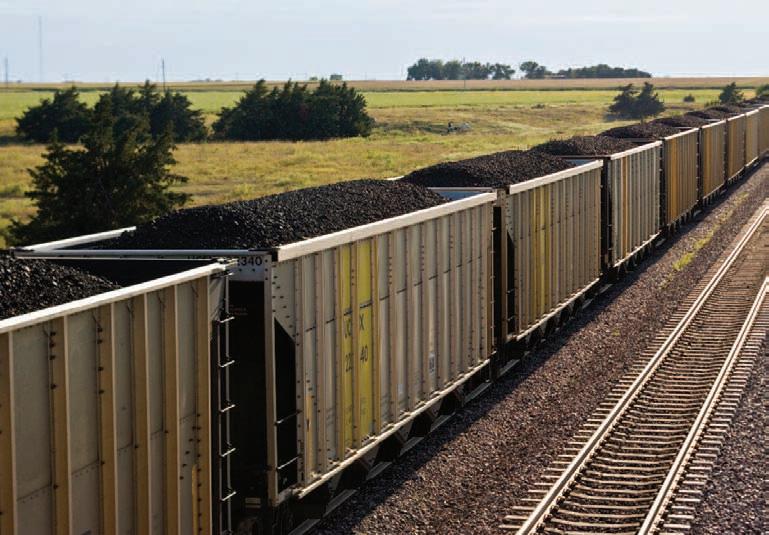
9 minute read
Glen Raven Applying Technical Resources to Mine Safety
from Raven Issue No. 11
While the nation continues to develop new forms of energy from wind to solar, there is no escaping the fact that coal will be an essential energy resource for many years to come. More than 40 percent of all energy today comes from coal, and industry estimates peg the coal reserve in the U.S. at more than 300 years.
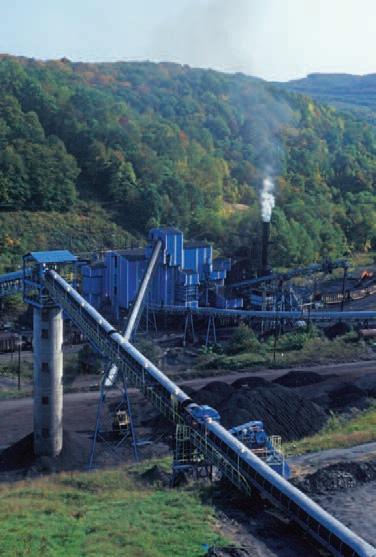
Advertisement
To help assure that U.S. coal resources can be mined as safely as possible, Glen Raven is increasing its focus on service, research and development for the coal industry. Through its R.J. Stern subsidiary, Glen Raven is a major supplier of curtains used for mine shaft ventilation, which places it in an ideal position to lead safety innovation.
“We are exploring how our capabilities in geogrid fabrics for soil stabilization, protective apparel fabrics for oil and gas workers and logistics systems can be applied to mine safety,” said Justin Alberto, recently named general manager of R. J. Stern.
A graduate of North Carolina State University with a degree in textile science and technology, Alberto worked for a number of years with the mining company Martin Marietta Materials as a laboratory technician. Since joining Glen Raven, he has served as a quality analyst/ project manager with a concentration in statistical analysis. One of the most important of his projects has been the installation of a digital fabric inspection system, which is one of the most advanced in the world.
Alberto also recently assisted with the migration of lamination manufacturing from Glen Raven’s Statesville, N.C., facility to the Park Avenue Plant located in Burlington, N.C. Laminated fabrics are provided to R.J. Stern for fabrication into mine curtains.
“We look forward to working closely with our distribution partners and with mine owners and operators to enhance our current offerings and explore new ways of adding to mine safety,” Alberto said.
Glen Raven entered the mining industry in 2007 when it acquired John Boyle & Company. Boyle had several years earlier purchased R.J. Stern, a company in Logan, West Virginia, that specializes in fabricating curtains for mine shaft ventilation. The custom, craftsman-like operation fabricates laminated vinyl panels for distributors throughout the Appalachian and Mid-West coal fields.
“While the mining industry was not a target of our acquisition of John Boyle, we are excited about the opportunities that R.J. Stern represents,” said Harold Hill, president of Glen Raven Technical Fabrics. “We are investing in this business with a goal of driving innovation.”
Debbie Butcher, operations manager for R.J. Stern, is a native of Logan and has been with the mining products operation since 1974. She directs a team of experienced machine operators who cut and sew laminated panels to customer specifications.
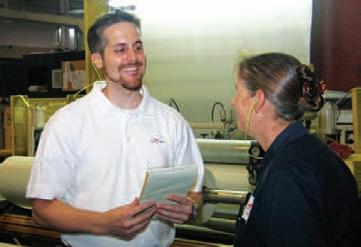
“Mr. Roy James Stern started the company in 1959 in his basement,” she recalled. “He had been a miner and used his knowledge to patent a filter for dust collection underground. From there, the company began to make mine curtains in the early 1960s.” serving coal mines, but we support other types of mining, including limestone, salt and other minerals. We are also involved in specialty applications such as tarps and slope covers.”
Mine curtains are hung from mine roofs to the floors and positioned to direct air flow coming from the surface. Safety regulations require continual venting of mine shafts, and the curtains play a critical role in assuring that air ventilates the entire shaft and is directed to areas where active mining is taking place.
Service is essential for the industry, and Glen Raven’s mining division has implemented improved inventory controls to increase on-time deliveries. Butcher and her team in Logan use their years of experience to assure quality. Customer issues are rare, and R.J. Stern products are regarded as high quality within the industry.
“With Glen Raven’s commitment to research and development and with its expertise in fabric formation and finishing, our goal is to become a valued development resource for mining,” Alberto said. “Worker safety is our mission, which makes our products an excellent fit with Glen Raven’s core values that champion safety and environmental protection.”
“Glen Raven is one of only four companies that manufacture mine curtains,” Alberto said. “All of our products meet federal mine safety standards, the most important of which is fire retardency. The vast majority of our customers are distributors
Park Avenue Plant Proves the Value of Reinvention
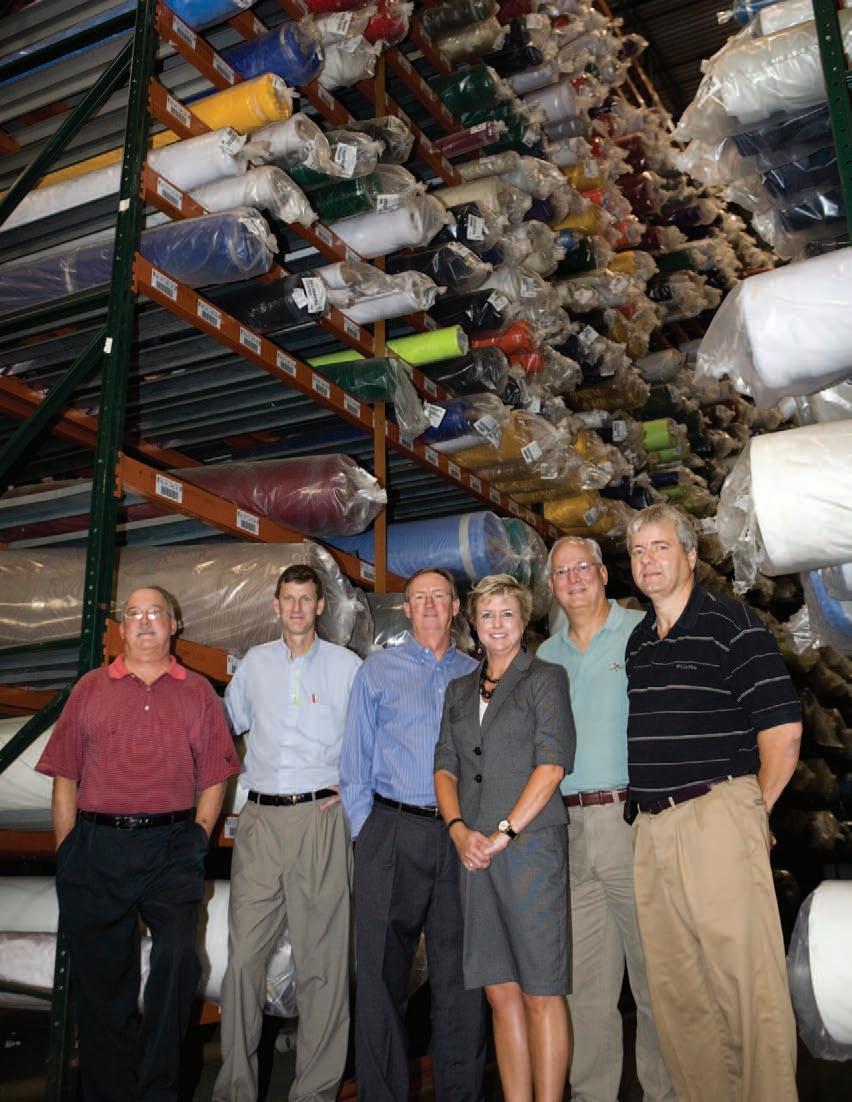
The ability to adapt and change is crucially important to all businesses, both large and small, and one of the best examples of reinvention is Glen Raven’s Park Avenue Finishing Plant. From double knits to athletic wear and from commission finishing to high-tech fabrics for the military, Park Avenue has demonstrated resilience across four decades, all focused on meeting changing customer needs.
“Change is a way of life at Park Avenue, and Glen Raven has had the patience to work through these changes,” said Harold Hill, president of Glen Raven Technical Fabrics, which operates Park Avenue. “This manufacturing center is one of the most market-driven organizations that you will find anywhere.” control. The operation is obsessive about product quality given the rigorous demands of its customers and operates one of the industry’s most advanced digital quality systems.
The Park Avenue Finishing Plant, which is located a stone’s throw from Glen Raven’s North Carolina headquarters, began operations in the mid-1960s amidst the booming era of double knit fabrics. As double knits faded from the fashion scene, Park Avenue began its long-held tradition of reinvention, which included stints with performance active wear and as a commission dyeing and finishing operation.
In the early 1990s, a phase of strategic reinvention began under Hill’s direction. The goal was to create an operation that could build on core strengths in dyeing and finishing, while focusing on high-end technical fabrics. The vision was to create a vertically integrated facility capable of leveraging Glen Raven’s other manufacturing assets, while forming partnerships with outside companies that specialize in weaving, knitting and fabric finishing.
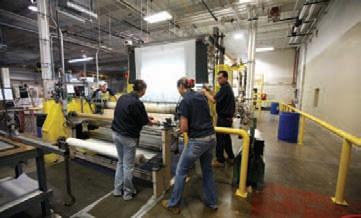
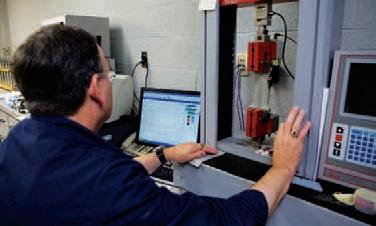
“We are working to raise quality standards throughout the entire supply chain,” said Ricky Michael, vice president of finishing services and a 40-year Glen Raven veteran. “Our technical specialists work with both our raw product suppliers and with our customers to elevate everyone’s expectations and abilities when it comes to higher levels of quality performance.”
The ideal opportunity for Park Avenue begins with a unique opportunity in the marketplace and a strong outside partner who can help to capitalize on that opportunity. Other essentials include Glen Raven’s ability to differentiate the offering and produce it within a globally competitive cost structure.
“We are not interested in ‘me too’ products or someone who is looking to knock off another product with a lower-cost offering,” said Patti Bates, vice president of operations for Glen Raven Technical Fabrics. “We look for products that are a good fit for our capabilities and where we can offer something that is truly unique. There are more times when we say ‘no’ than ‘yes,’ but when we decide to take on a new product, we are fully committed from start to finish.”
While Park Avenue is highly discriminating in the new products it accepts into the development process, it is keenly aware of new opportunities and continually adding to its technical expertise. During the past year, expansion has occurred in fabric lamination and coating.
“The majority of our business consists of strong collaborations with strategic customers who are positioned as market leaders and who can combine their ideas with our own,” Hill said. “We can best be described as a ‘build to suit’ operation; we are a solutions provider.”
“Park Avenue is where we add the secret sauce to fabrics to transform them from commodities to unique, value added components,” Hill said. “Our plant is typically the last to touch a fabric before it becomes a finished product, and it’s our job to create a differentiator that no one else offers.”
The differentiators at Park Avenue are extensive – special coatings for fabrics used by the military to avoid radar detection, laminated fabrics deployed in coal mines to assure fresh air flow, protective apparel fabrics for industrial workers in the oil and gas industry and coated geo-grid products for soil stabilization. One of the plant’s marquee offerings is a line of high-tech fabrics used for automotive headliners, invented at Park Avenue and today the market leader.
Supporting Park Avenue’s expertise in color matching, dyeing, finishing, coating and laminating is an extensive infrastructure of production planning, inventory management and cost
For the future, Park Avenue is focused on advancing solutions in all of its current markets – mine safety, geo-grid, protective work apparel, military and automotive – while continually scoping out new opportunities. One of the newest of these ventures is water filtration.
“Park Avenue has proven itself to be flexible enough and nimble enough to make whatever adjustments are needed based on market opportunities,” Hill said. “We will continue to be a market-driven organization, creating unique differentiators that we can share with our customers.”
Lessons In Safety
Common For All, Result in best practices
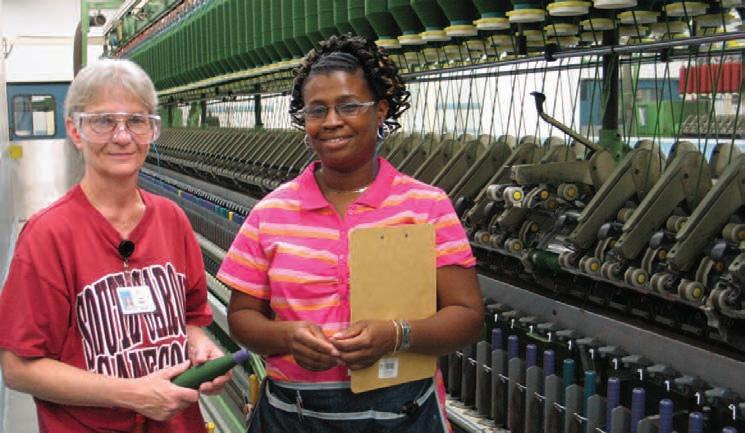
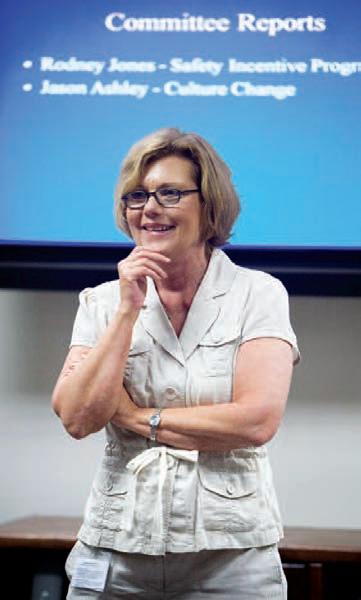
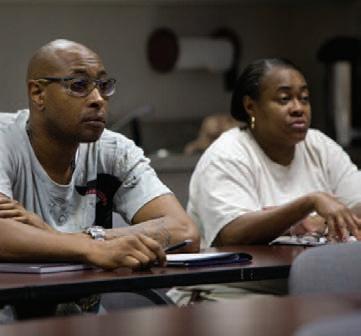
Whether you’re operating a million-square-foot manufacturing center or a five-person awning shop, there are many common elements when it comes to the challenges, solutions and benefits of a safe workplace.
“The return on investment in safety is harder to measure than the ROI on new equipment or a more efficient process,” said Jack Woodson, operations manager of Glen Raven’s Sunbrella® fabrics manufacturing center in Anderson, S.C. “ROI from safety comes in the form of what doesn’t happen. You don’t lose productivity, you don’t incur medical costs, you don’t disrupt your operations and, most importantly, you don’t hurt your people.”
Safety is a top priority throughout all of Glen Raven’s facilities globally, resulting in safety records that are consistently higher than government requirements and industry standards. Through years of safety experience, a core set of best practices has emerged applicable to manufacturing and fabrication operations of all sizes.
Management Commitment
The single most important element for a safe workplace begins with management’s commitment to safety, which translates into investments in safety training and equipment.
“The primary driver for us to invest heavily in safety is the Glen Raven culture, which is reflected in our vision and values expressed in our 2020 Quest statement.” Woodson said. “We believe that there is no reason for anyone to get hurt, ever, and we’ll never be satisfied until there are no injuries. If we provide the proper work environment, proper tools, proper training, proper oversight, and, most importantly, our associates take care of themselves and each other, we should never see an injury.”
Employee Ownership
Management can only do so much as it relates to safety. Employees must take ownership because they know the risks and must execute processes that will prevent injuries. This fact has proven true throughout Glen Raven. For example, when Dickson-Constant in France shifted more responsibility for safety to individual work units, safety performance improved. At the Anderson Plant, an extensive network of employee committees oversees every aspect of the safety program.
“Our safety committees are chaired by hourly associates with a member of management in attendance and serving as mentor,” said Connie Rice, organizational development and training manager at Anderson Plant. “All committee chairs meet with the plant manager, so the process is transparent and flat. Everyone has input.”
Workplace Assessments
Assessing the workplace, identifying hazards and establishing work procedures should be a continual endeavor. Whenever Dickson Coatings in France introduces new products, machines or processes, it reviews best safety practices, including ergonomics and handling of hazardous materials. Essential procedural elements are emphasized, such as securing machines and eliminating strain and back injury hazards.
“Experience has shown that if employees will stay within the procedures we have outlined for a job, they will be safe,” said Dickson Coatings General Manager Matthew Watson. “Stepping outside of the established procedures is when accidents happen.”
Training
Employee training cannot be over-emphasized. “You have to train new associates in safe practices from their first day on the job,” said Rebecca Walker, a training specialist at Anderson Plant. “Teaching someone safety from the start means they don’t have to unlearn bad habits later. It’s important to watch for indications of a problem – such as a near miss or a minor accident – that could indicate the need to get an associate back into training.”
Top of Mind Awareness
Safety is not a sometime thing – it must be an everyday thing. Glen Raven Technical Fabrics assures that safety remains top of mind every day through a practice called “Take 2.” Before the start of every shift, Glen Raven associates receive a two-minute safety tip that could range from wearing safety gear to the proper use of ladders. “We have found these two minutes extremely effective in reminding associates every day that safety must be foremost, on and off the job,” said Human Resources Manager Hal Bates.
David Cates, corporate manager of safety, security and environment, has global responsibilities for safety at Glen Raven. Cates and a member of his team visit every Glen Raven manufacturing site at least once a year. As a 40-year veteran of workplace safety, Cates views safety as an absolute essential for every manufacturing and fabrication company.
“A manufacturing operation can be viewed as a stool with three legs – quality, productivity and safety,” Cates said. “Take away any one of those three and the stool will fall.
“Safety is a never ending task,” Cates continued. “You can never let your guard down; just because you didn’t have an accident yesterday does not mean there aren’t risks today and tomorrow. You must always look ahead.”





